On August 6, 1945, the US dropped the first nuclear bomb on the unsuspecting Japanese city of Hiroshima. This cataclysmic event, as well as the bombing of Nagasaki a few days later, not only compounded Japan’s decision to surrender in the Second World War, but it also marked the start of the nuclear age. It’s now been 80 years since the bombing of Hiroshima occurred, but the photos of the devastation it wrought are a chilling reminder of how deadly nuclear weapons are.
The bombing of Hiroshima occurred at 8:15 am on that fateful August morning. The bomb, nicknamed “Little Boy”, was being carried on the USAAF B29 Bomber known as the Enola Gay. Compared to the power of modern nuclear weapons, Little Boy was pretty low in terms of its yield – only the equivalent of 12.5 kilotons of TNT – but even this was enough to reduce 12.9 square kilometers (5 square miles) of the city to rubble when it was detonated 6,234 meters (1,900 feet) in the air.
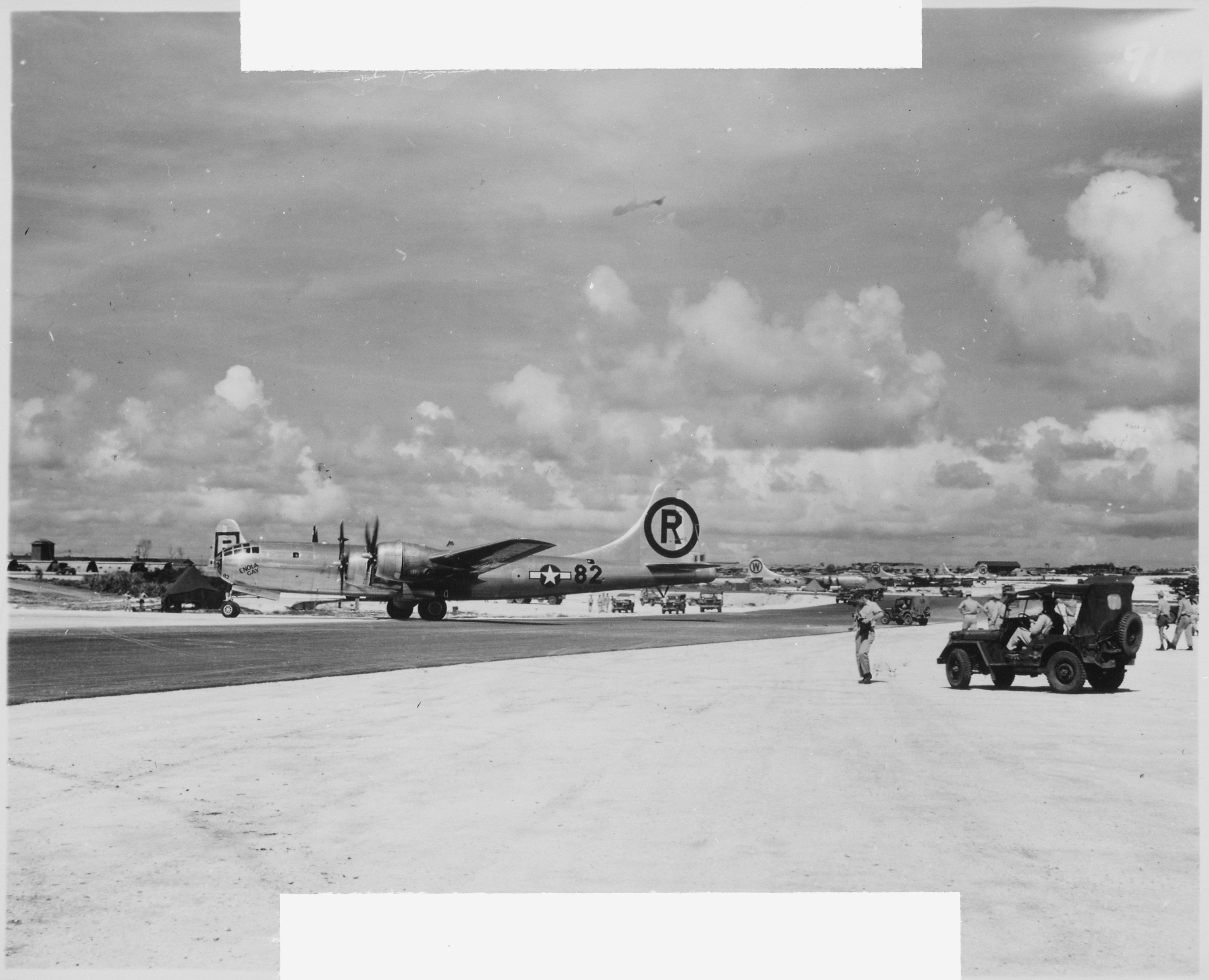
The Enola Gay was responsible for carrying the first nuclear bomb to Hiroshima in August 1945.
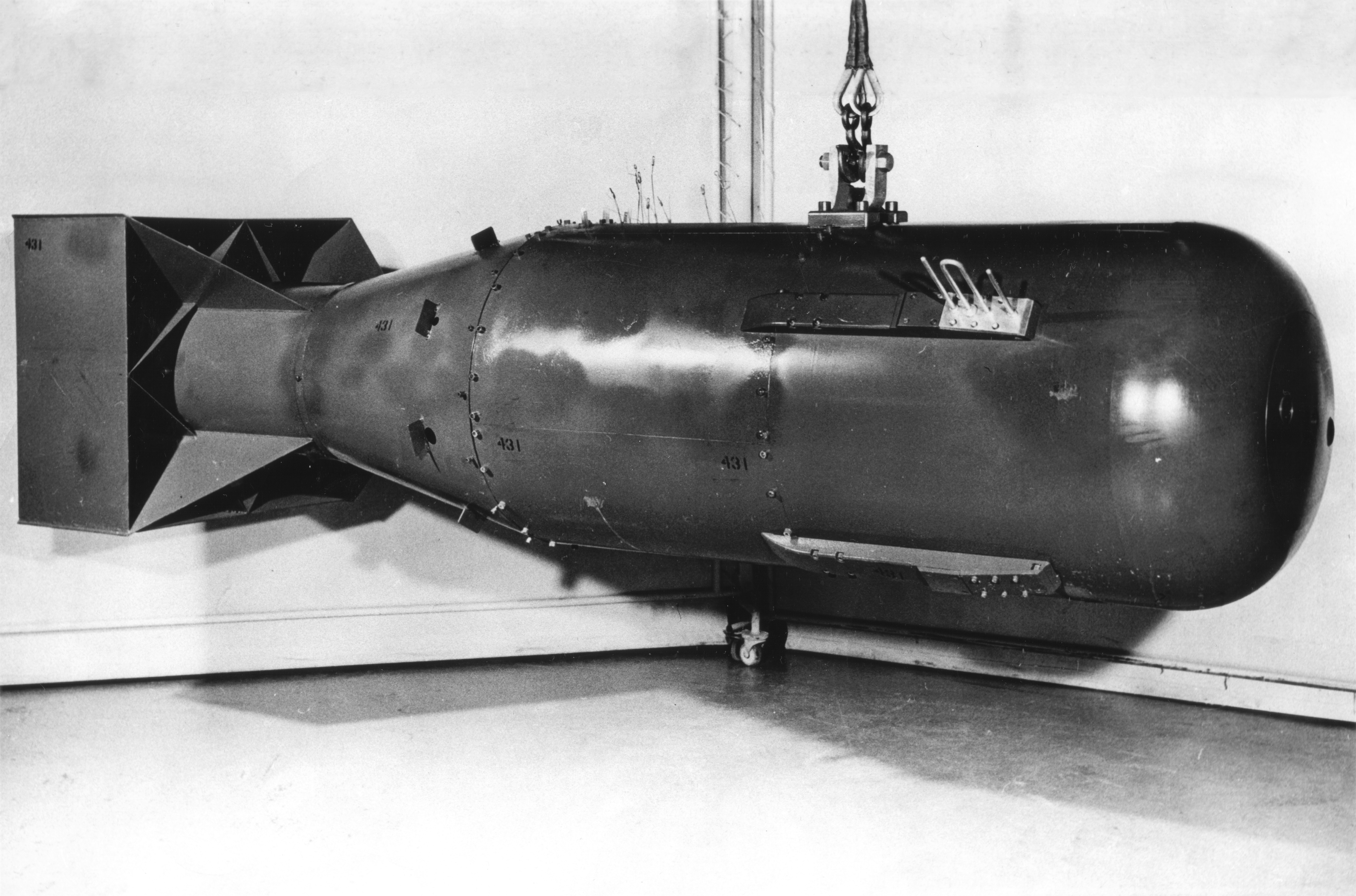
Little Boy was a gun-type fission weapon that relied on the isotope uranium-235 to create its destructive potential.
As the Enola Gay made its way to the target site, Hiroshima’s Aioi Bridge, an accompanying aircraft called Necessary Evil (a Boeing B-29-45-MO Superfortress), prepared to take photos of the events that were about to unfold. Russell Gackenbach, the photographer, later claimed he had no idea that he was about to witness the first nuclear weapon detonation in history, but he nevertheless managed to capture the explosion as it took place.
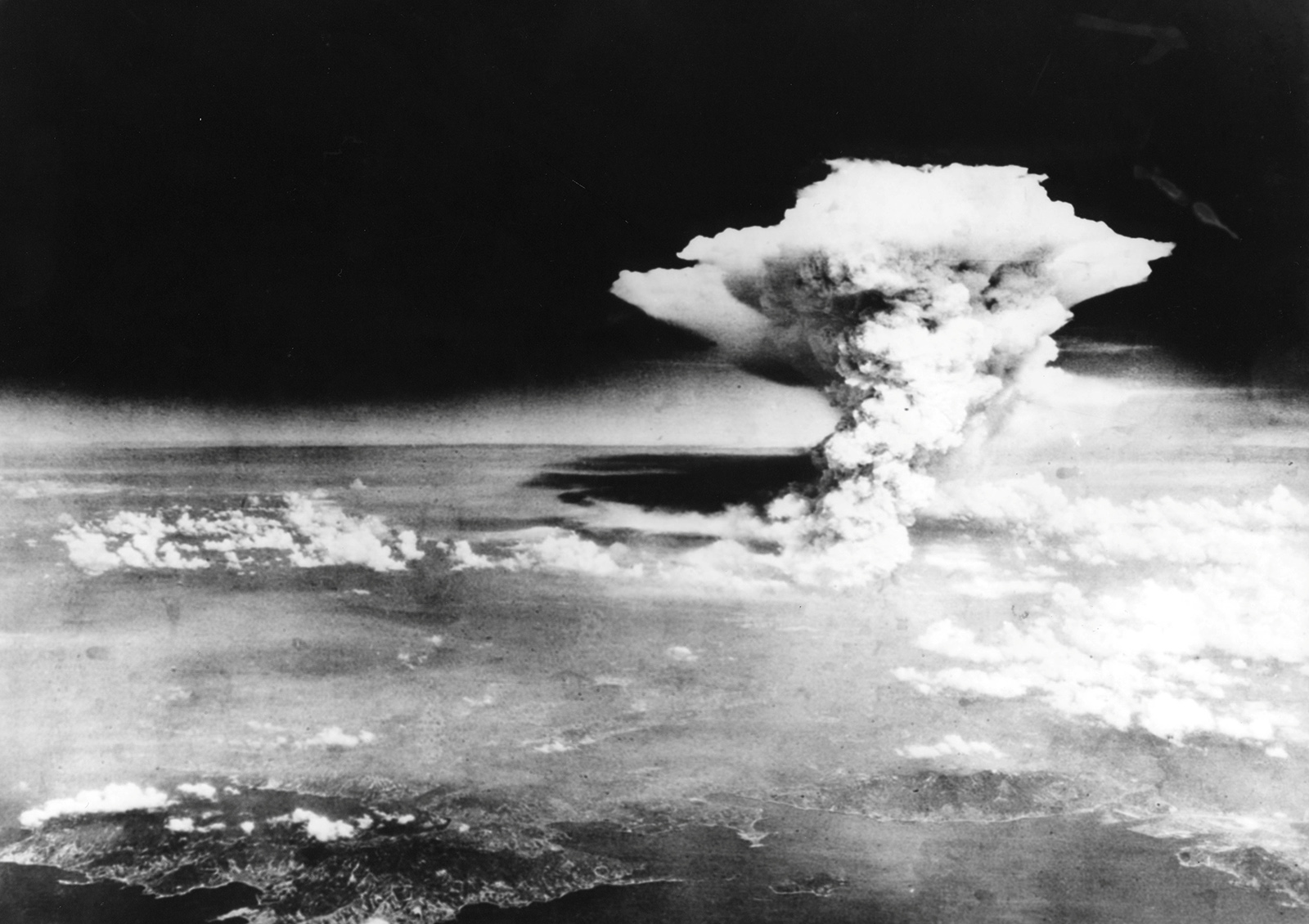
This photo was taken about three hours after the bomb detonated, demonstrating the sheer scale of the explosion.
Image credit: The National Archives (public domain)
Within one second of Little Boy exploding, a 274-meter (900-foot) diameter fireball was created that caused the ground to rise to 3,871 degrees Celsius (7,000 degrees Fahrenheit). Buildings melted, humans and animals were vaporized, and the blast wave it unleashed destroyed two-thirds of the city’s buildings. Within this terrible moment, 80,000 people were instantly killed, and over 100,000 more died before the end of the year.
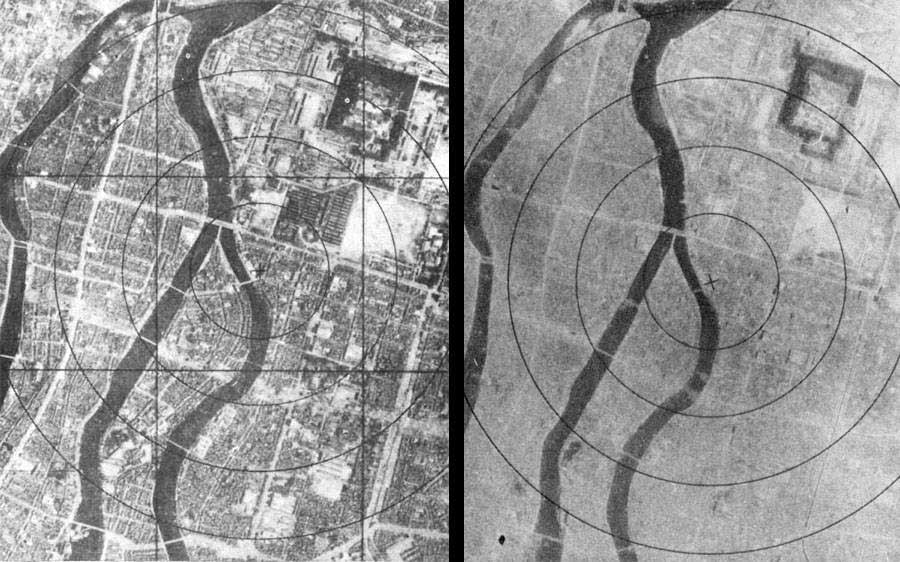
When the bomb exploded, it obliterated miles of buildings, especially those directly under the blast.
Image credit: The National Archives (public domain)
Although photos of the mushroom cloud are chilling in their own right, the true impact of the bomb can only be appreciated from the ground. For instance, the bomb was more or less detonated directly above the Hiroshima Prefectural Commercial Exhibition Hall. After the explosion, the building was turned into a skeleton and everything else around it was pulverized. Today, the building stands as a ghostly reminder of the explosion, as it was the only structure left standing in the area.
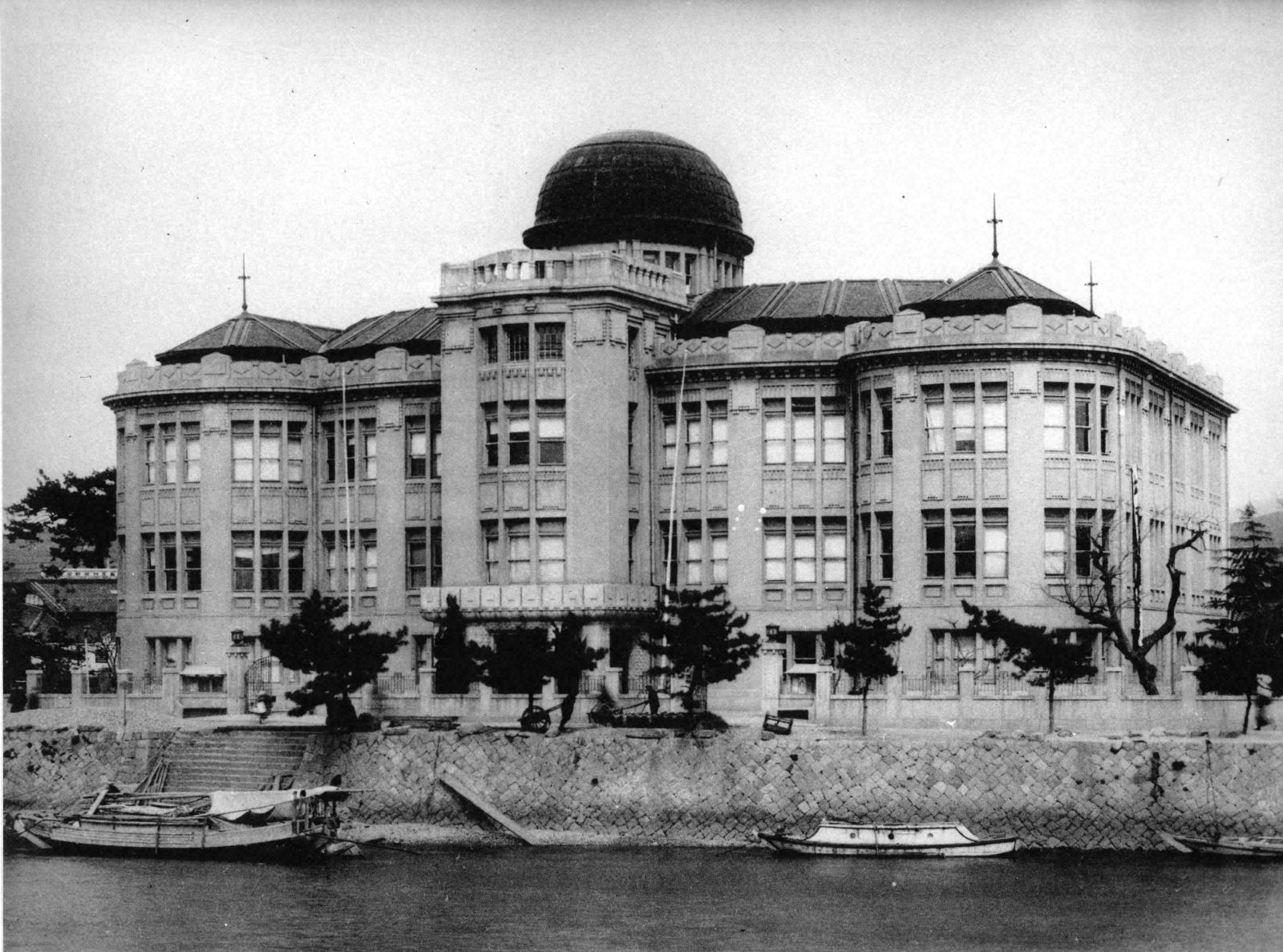
This was the Hiroshima Prefectural Commercial Exhibition Hall before the blast.
Image credit: The National Archives (public domain)
Although we know just how incredible this event was, the bomb had very little initial impact on Japan as a whole. This is because no one really knew what had happened. Most Japanese scientists refused to believe that an atomic bomb could have been developed by its enemies, let alone used on them. By the time a preliminary report was sent back to Tokyo, the Japanese emperor had already been asked to announce Japan’s surrender, which it formally did on August 10, 1945.
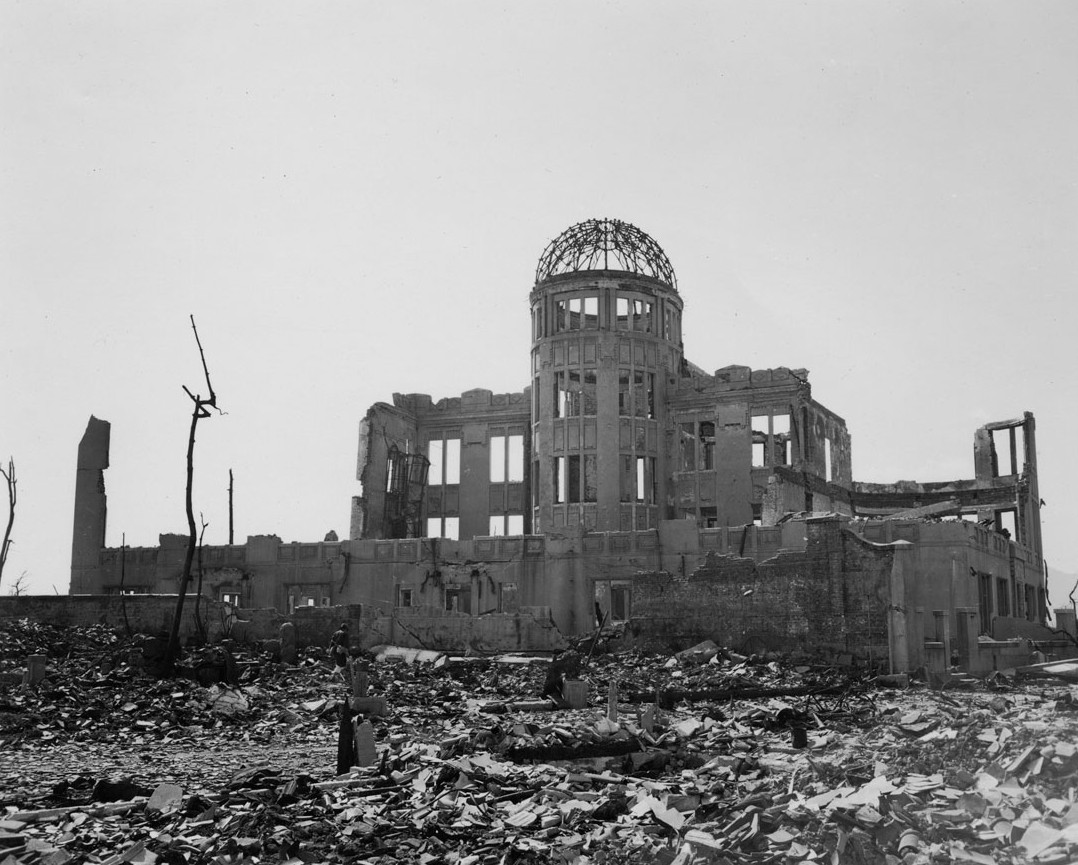
The Hiroshima Prefectural Commercial Exhibition Hall, which was close to the center of the explosion, was reduced to a skeleton. It is now the site of the Hiroshima Peace Memorial.
Image credit: The National Archives (public domain)
Contrary to popular belief, the Japanese were already war-weary by this point and were preparing to surrender, so the bombs merely contributed to this decision, rather than causing it. In many ways, the driving force behind the US’s decision to drop the bomb were the scientists and engineers who built them. Although individuals like J. Robert Oppenheimer would later lament the events, they were nevertheless keen to see the power of their creation in action against a city.
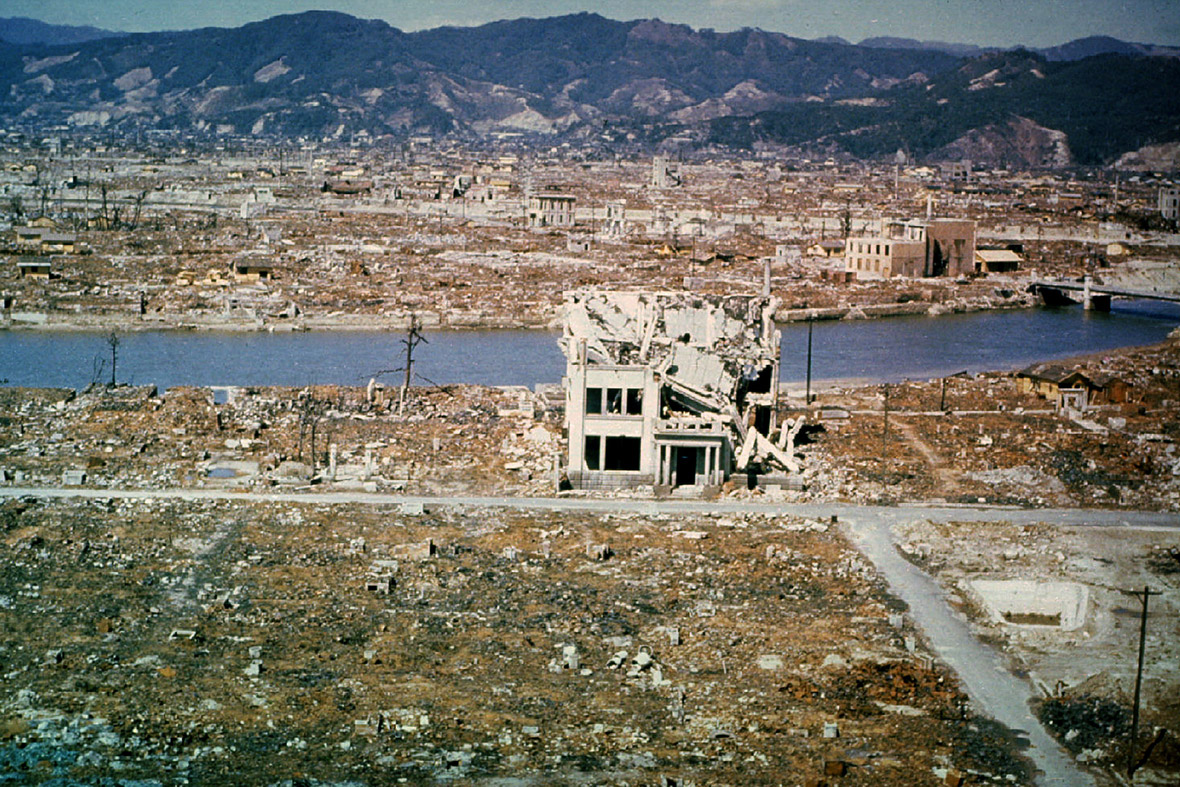
There are rare colored photos of the destruction that help to demonstrate just how much of the city was lost.
Image credit: The National Archives (public domain)
In the days that following Japan’s capitulation, the United States and its allies occupied the country as its people tried to make sense of what had happened and to save those who survived the explosion. In addition to those who died as a direct result of the bomb, subsequent generations of Japanese children exhibited impacts from the radiation. Five to six years after the bombings, there was a marked increase in leukemia cases among survivors and, five or so years after that, survivors started to suffer increased cases of thyroid, lung, and breast cancers.
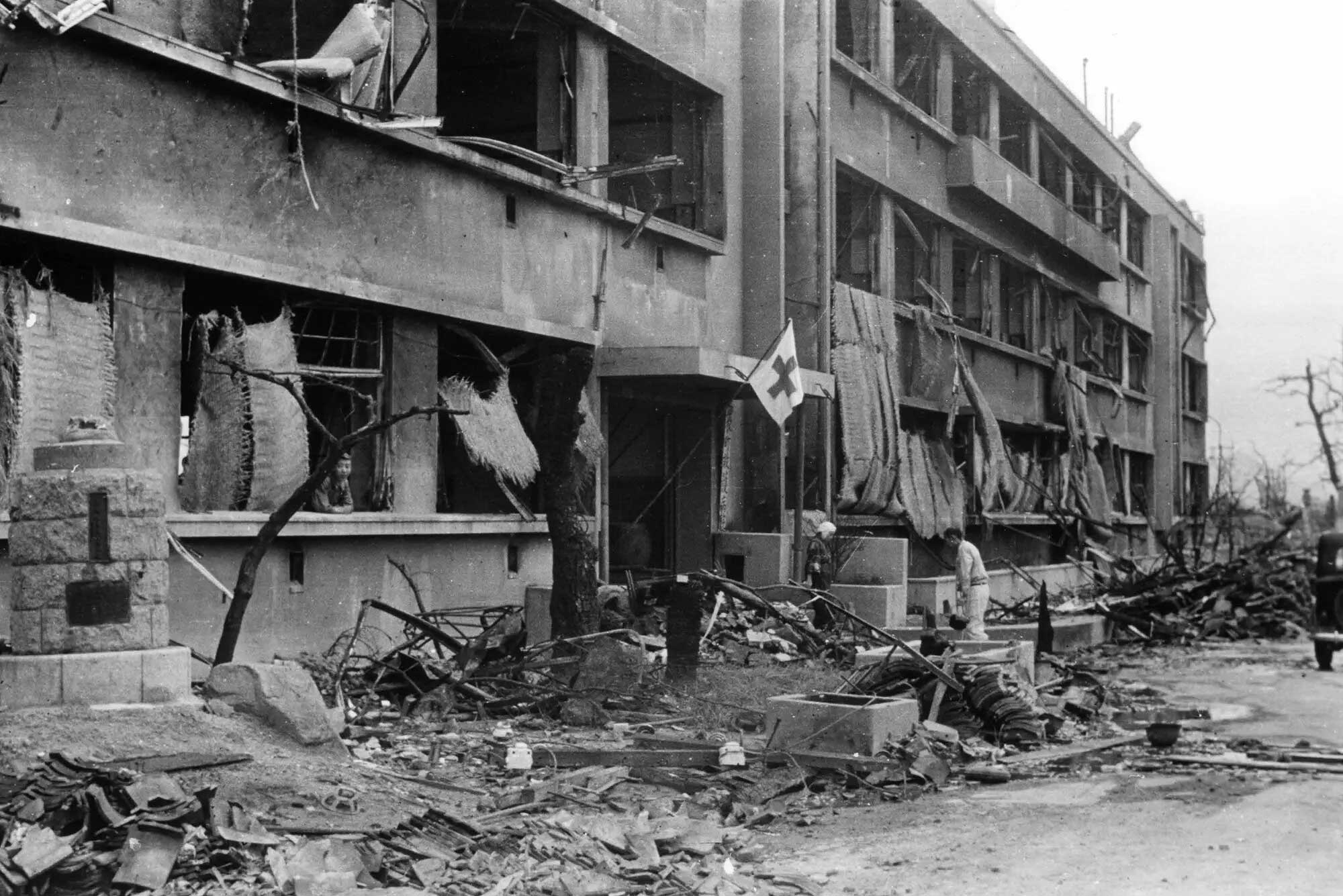
During the aftermath of the detonation, various first aid sites were established in places like old schools where the sick and injured could be collected.
Image credit: The National Archives (public domain)
The events of Hiroshima and Nagasaki may feel like the distant past, but today we see the threat of nuclear weapons looming on the horizon again. President Trump has announced the redeployment of two submarines carrying dozens of nuclear weapons that have explosive yields far exceeding the bombs dropped on Japan in 1945. This decision from the US president reportedly came as a result of what he regarded as “highly provocative statements” from Dmitry Medvedev, the former Russian president.
It is obviously unclear that this present moment whether Trump’s decision is another example of political posturing, but it does remind us that nuclear weapons remain a persistent problem for humanity.
Source Link: 80 Years On, Chilling Photos Of The Hiroshima Bombing Remind Us Why Nuclear Weapons Are Terrifying